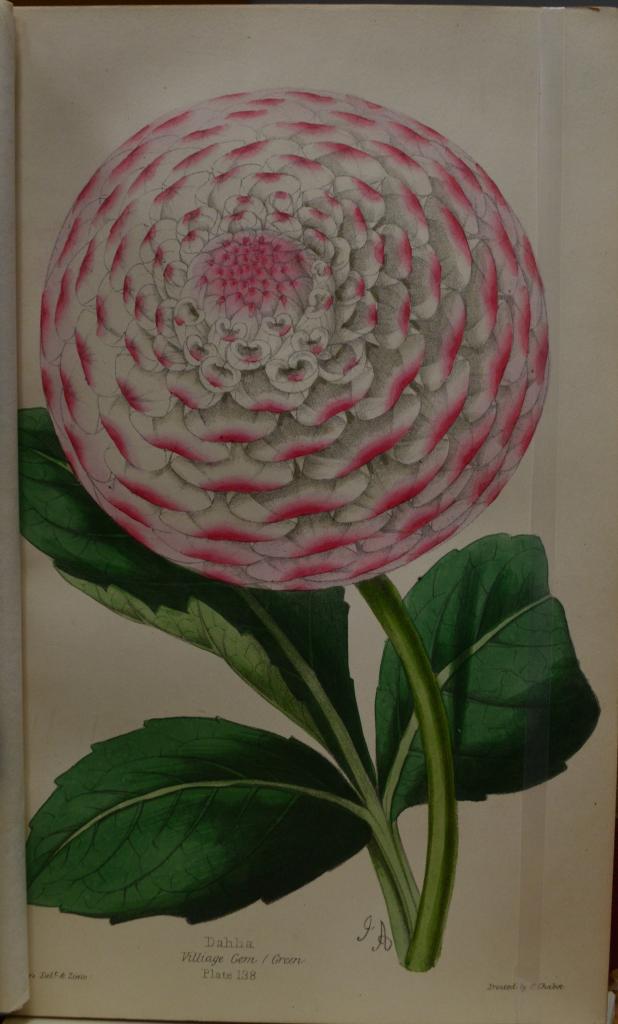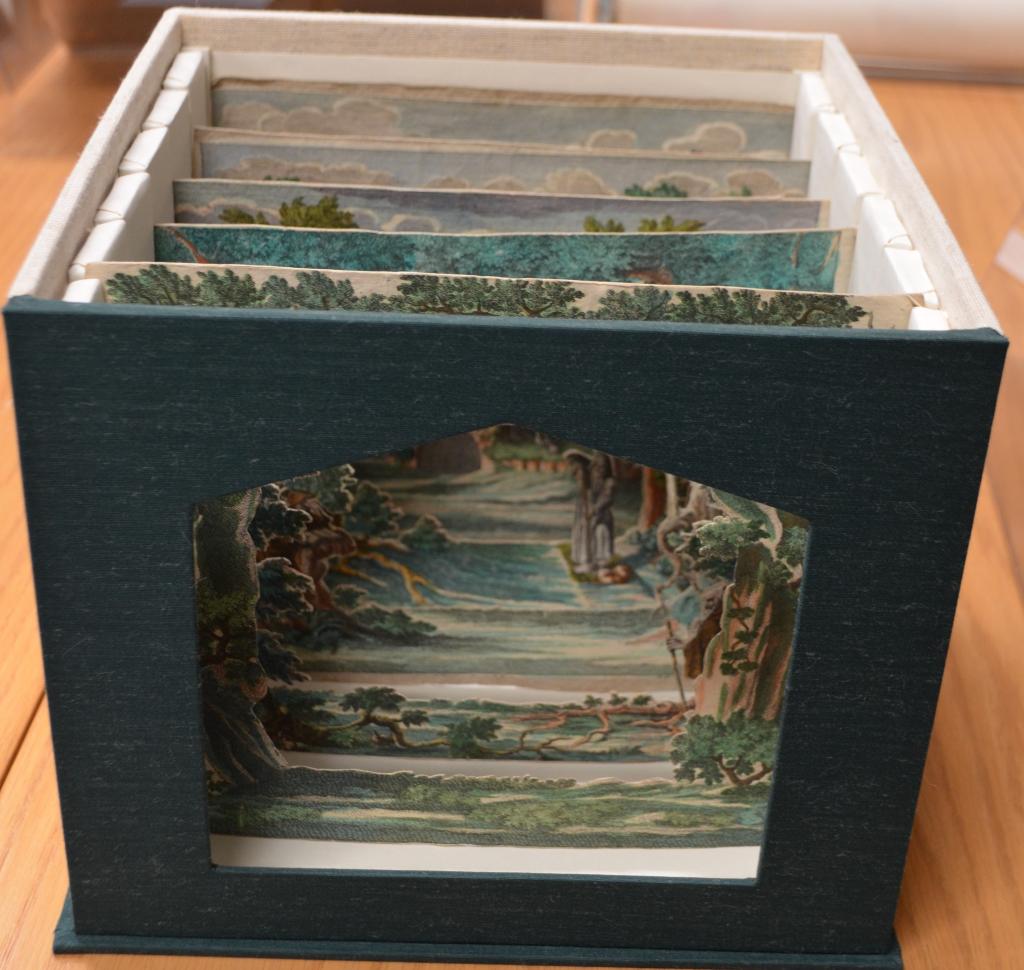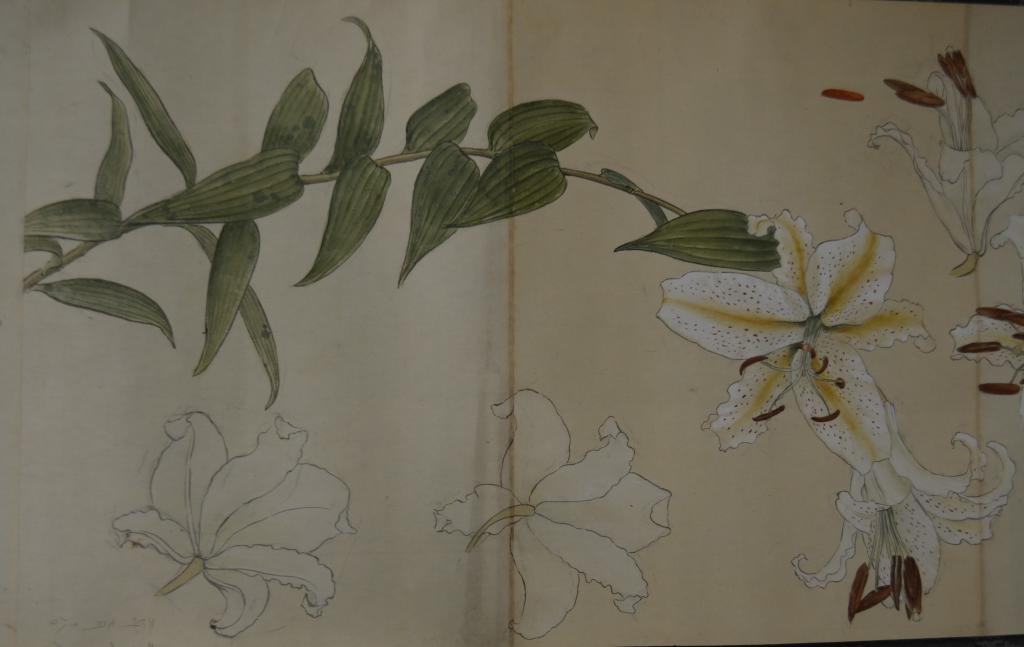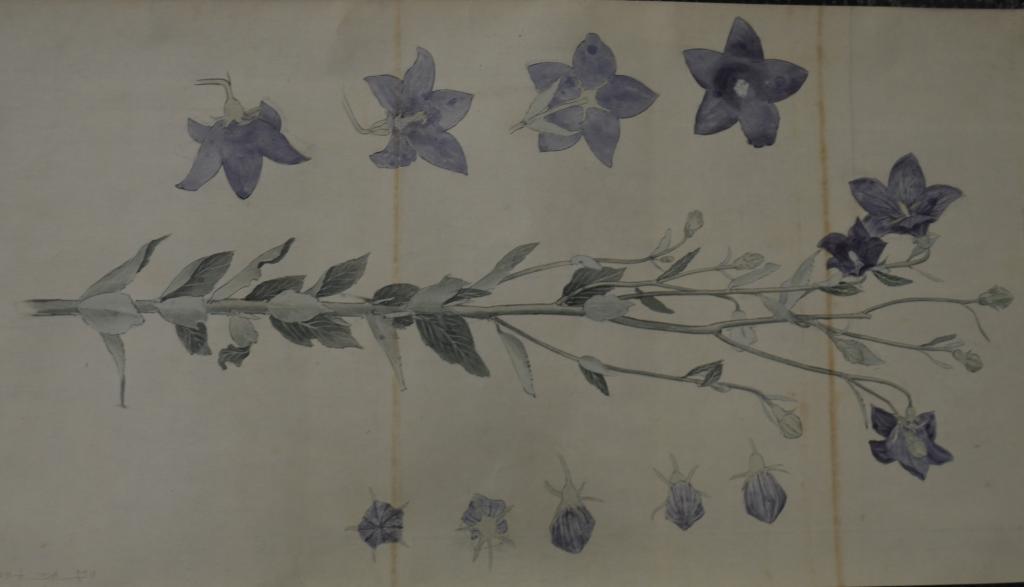Botanical Art & Illustration Through the Ages
Since humans began sketching on cave walls, people have drawn plants. The representations represented those that were edible and inedible, which plants were recommended for curing aliments or causing illness or even death.
Unlike animals which can be taxidermized, insects that can be mounted, and rocks, collected as is, plants and flowers lose their true appearance and properties in a relatively short time with no way to extend their true appearance and essence. Through drawings, paintings and printing, we’ve been able to capture color and exquisite details of flowers, stems and roots. We acknowledge and admire centuries of botanical artists and their renderings and illustrations, of artworks’ importance, accuracy and precision, and to the permanent records of the botanical kingdom.
A distinction worth noting
Botanical art is the aesthetically-focused rendering of a botanical subject. The artist may take artistic license and the representation may not be a true depiction. Famous artists who often used botanical subjects are Van Gogh and Monet.
Where botanical art is an interpretation of the subject, botanical illustration is a truer and lifelike representation. All aspects of the plant or flower structure must be accurately drawn as the purpose of a botanical illustration is to aid the study and understanding of plant’s flowers, vegetation and roots. While we use the terms illustration and illustrator, the exalted botanical illustrator is a true artist whose creations are not only practical but also beautiful. (Wonderland, p. 2)

This exhibit compiles a small, vibrant assemblage of botanical works held in the Stephen O. Murray and Keelung Hong Special Collections. Florilegia, peepshows, herbals,floras, textbooks, magazine issues and picture-books are just a few of a multitude of colorful botanical works the MSU Libraries has to share. On exhibit are items of all sizes and shapes, including the physically large items Transylvania Florilegium and Highgrove Florilegium, the thick tomes of Gerarde’s Herball and De Nederlandschen herbarius of kruidboek, and a unique scroll of botanical watercolors on mica paper from Japan. Each of these pieces provide a glimpse of how their creators viewed, captured, and often revered the plant-life around them.
Eremitage oder Eindiedlerei by Martin Englebrecht [Ausberg]: [C.P. Maj. Mart. Englebrecht], [1740?].
Purchased with funds provided by the Dr. E. James and Geri Potchen History of Horticulture Endowment Fund. Conservation 2011 Wallace Conservation Lab, MSU Libraries
This unique Japanese scroll, dated late Meiji or early Taisho, contains a series of finely drawn studies of various flowers, plants, and tree branches using ink and Japanese pigments. The only evidence of the name of the accomplished artist, who has exhibited here a fine technique, is illegible. Pine branches, an orange gladiolus, paperplant, Chinese bellflower, mountain lilies, eggplants, pussy willows and many more garden and wild plants are illustrated in this 374 x 14,900 mm rolled scroll of mica paper.
Cited: Wonderland: The Mystery of the Orchid: An Educator’s Guide to Botanical Illustration. Takaki Paenga Hira Auckland Museum. [2009]










